The number of times a person has been bitten gives a big clue as to his capacity to read, understand, and respond properly to canine communications. Someone who has been bitten numerous times either doesn’t pay attention to what dogs say, or doesn’t respond appropriately.
Dogs almost always give clear signals – though the signs may be subtle – before they bite. A “bite without warning” is truly a rare occurrence. Most of the time the human just wasn’t listening, or didn’t have any education about what the dog was expressing. I have worked with dogs professionally for more than 40 years and, knock wood, experienced only a handful of bites, none of them serious.
I remember with crystal clarity an incident from when I was a humane officer for the Marin (California) Humane Society, responding to a complaint of a Rhodesian Ridgeback who was at large – and reportedly aggressive toward people. I pulled up in my animal control truck, got out, and started up the sidewalk toward the house. Suddenly I saw a brown blur out of the corner of my eye, and realized the Ridgeback was charging at me from behind the house. I froze in place.
She ran straight up to me and muzzle-punched me (hit me with her closed mouth). Although I had not received any in-depth training in understanding dog body language, I realized that this was a strong warning, and if I moved abruptly she would likely bite me. She stepped back a couple of feet, and I slowly backed up to my truck. Once there I was able to retrieve a control pole, gently noose her, load her into my truck and, unscathed, walk back to the house to talk to her owner. Phew!
The ability to read and react appropriately to dog body language can keep you safe with your own dog as well as others you may encounter. Here are four photos that present different levels of danger based on the dogs’ aggressive expressions.
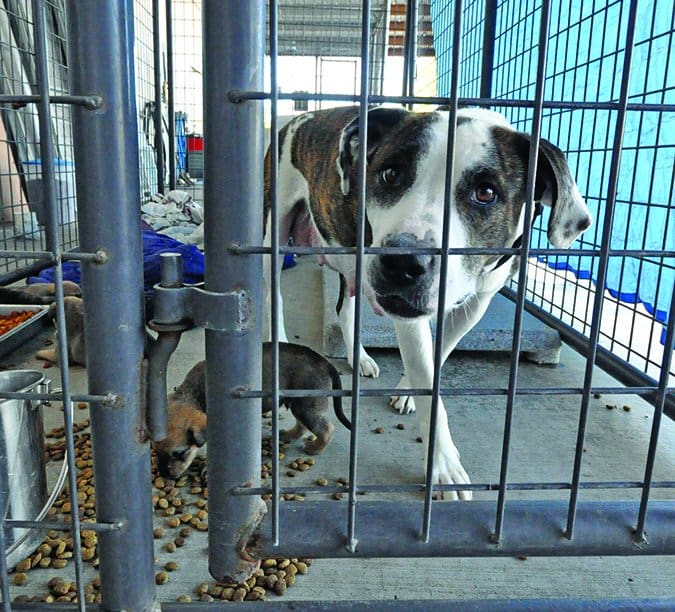
This mother dog is giving the photographer a direct stare – and her eyes look somewhat “hard.” Her stiff, forward-leaning posture and ears, and slightly pushed-forward lips, are warning you to stay back. She’s not aroused, just guarding her puppies. It would be wise to heed her warning.

The next dog is also pushing her lips forward, in a slightly more threatening display. Her posture, tail, and ears are quite stiff, and her hair is standing up a little. She’s laser-focused on another dog, and not in a particularly friendly way. This dog hasn’t aggressed yet, but she’s starting to get aroused. We’d give her a wide berth.
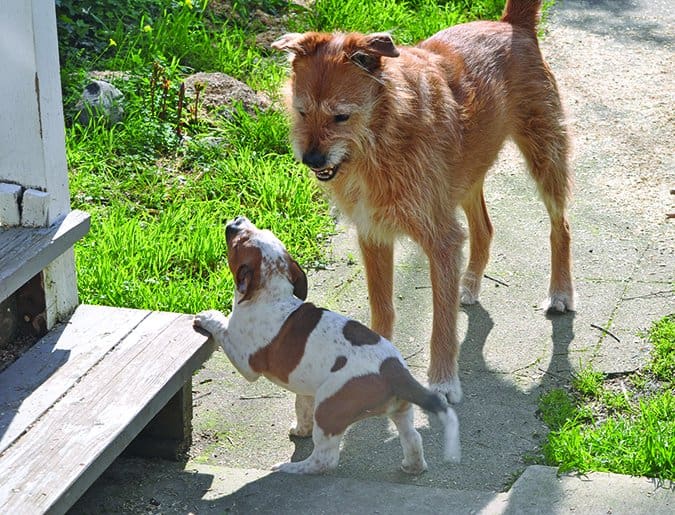
Here are two dog body language lessons in one photo. The adult dog is making a fearsome face, drawing his lips back in an impressive snarl, and holding his ears and tail up and stiff. But notice that he’s not leaning at all forward, and his eyes are not super hard (though it’s difficult to see from this angle). He’s giving the puppy a stern warning to “Don’t come near me!” and the puppy reads this loud and clear. She’s responded with a classic puppy grovel: she’s lowered her body posture and leaned backward, and she’s holding her ears back and wagging her tail. She won’t look directly at the adult, but looks away with soft, squinty eyes. Note that she’s trying to appease the adult dog – she’s acknowledging his warning – but she isn’t terrified or afraid for her life.
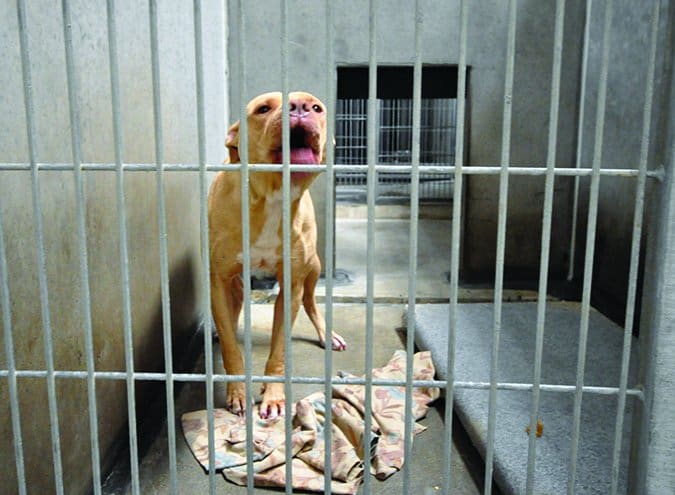
This dog is dangerously conflicted. His lips are pushed forward hard, but his ears are pinned back; his eye contact is hard and direct but his tail is low. His posture looks like he’s leaning forward and back; he’s frightened and willing to come after you. This dog was being held following his (and another dog’s) attack on an elderly woman who was in her own yard. The dogs were untrained, unsocialized, and inadequately contained; both paid the ultimate price for their owner’s negligence and irresponsibility.


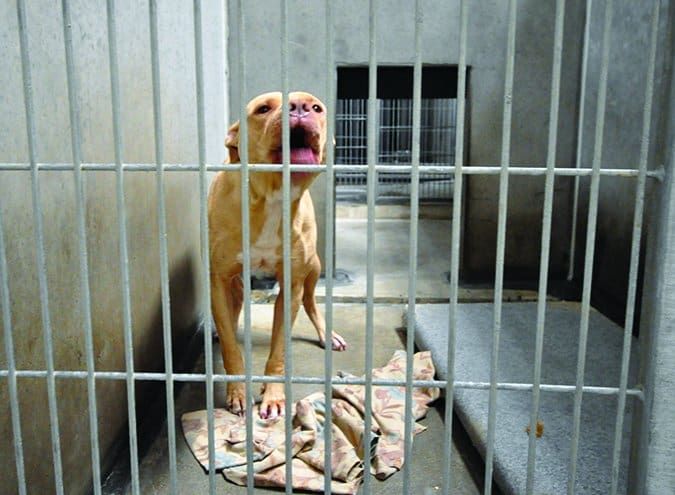

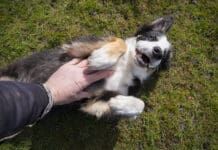


That last one was horrible, those poor babies. In the end, it’s always the dogs that pay the ultimate price for their owner’s stupidity…